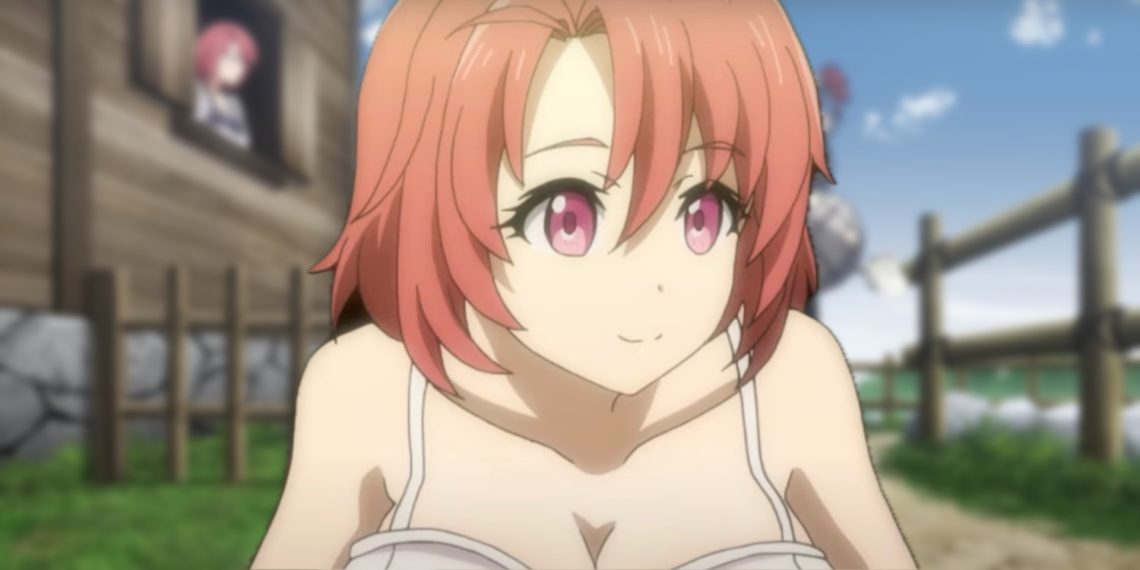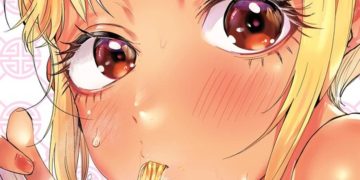The anime series Goblin Slayer has proven to be the most controversial and polarizing simulcast show of the current season. Right from the first episode, it generated strong and opposing opinions regarding its direction, framing, and use of challenging subject matter involving sexual violence.
The graphic nature of the adaptation by the animation studio White Fox of author Kumo Kagyu’s light novel series took the streaming platform Crunchyroll by surprise. They swiftly posted an apology and content warnings about the mature content in the premiere and all following episodes.
What elicited such a vocal response to this fantasy anime that seems quite archetypal on the surface? Goblin Slayer originated as a series of light novels written by Kagyu and published online starting in early 2016.
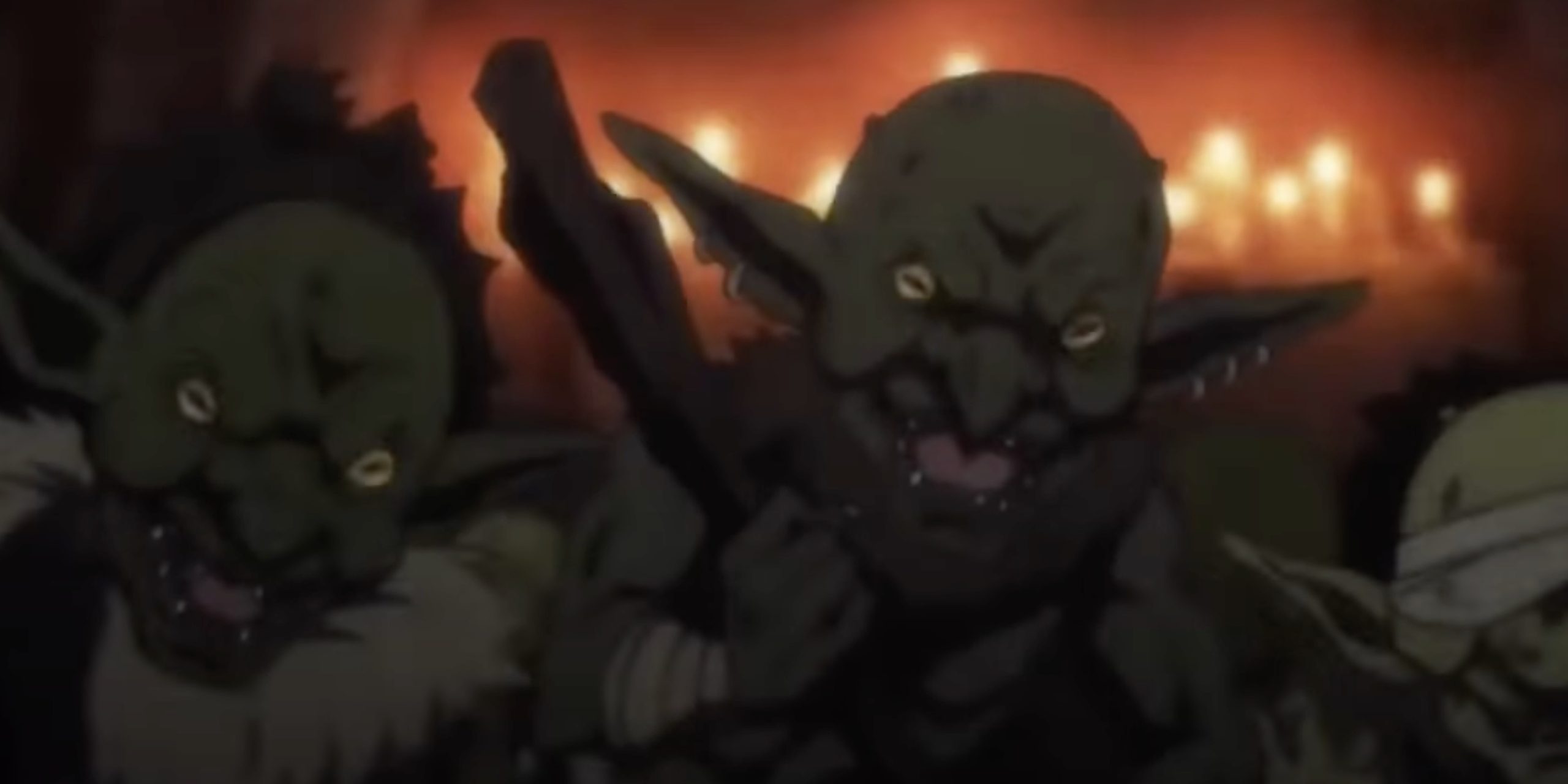
The story and themes evidently resonated with readers, as eight novels have since been released in Japan to date, with five receiving official English translations so far.
The popularity led Kagyu to pen a prequel spin-off titled Goblin Slayer: Year One as well as a separate spin-off series serialized online.
Manga artist Kosuke Kurose has been adapting the main light novels into manga form since mid-2016, while another manga artist Kento Eida began working on a Year One adaptation this past September.

The controversy stems primarily from the graphic depiction of sexual violence in the premiere episode, which caught viewers and industry members off guard.
However, the series has continued to garner both criticism and praise for its dark take on the fantasy genre.
Unmasking the Unrelenting Darkness in Fantasy Anime
What makes Goblin Slayer stand out as unusually dark for the fantasy genre is its unflinching depiction of graphic violence, despite having a visual aesthetic that could otherwise pass for a more lighthearted adventure anime.

It centers on a grim protagonist on a personal vendetta to eliminate every last goblin from the world. The show pulls no punches in displaying the brutal fates of the careless and innocent, with bodies being gruesomely dismembered and worse on-screen.
The goblin monsters commit acts of depravity that push beyond what many viewers would expect to see even in a mature-rated show.

The anime aims to pull the audience into the mindset of the eponymous Goblin Slayer, devoted to the extermination of goblins after suffering tragedy himself. The first episodes outline his cold hatred towards them and emotional detachment from other people.
In a stylistic choice emphasizing his disconnected perspective, none of the characters have actual names introduced – they are only referred to by their role or occupations.
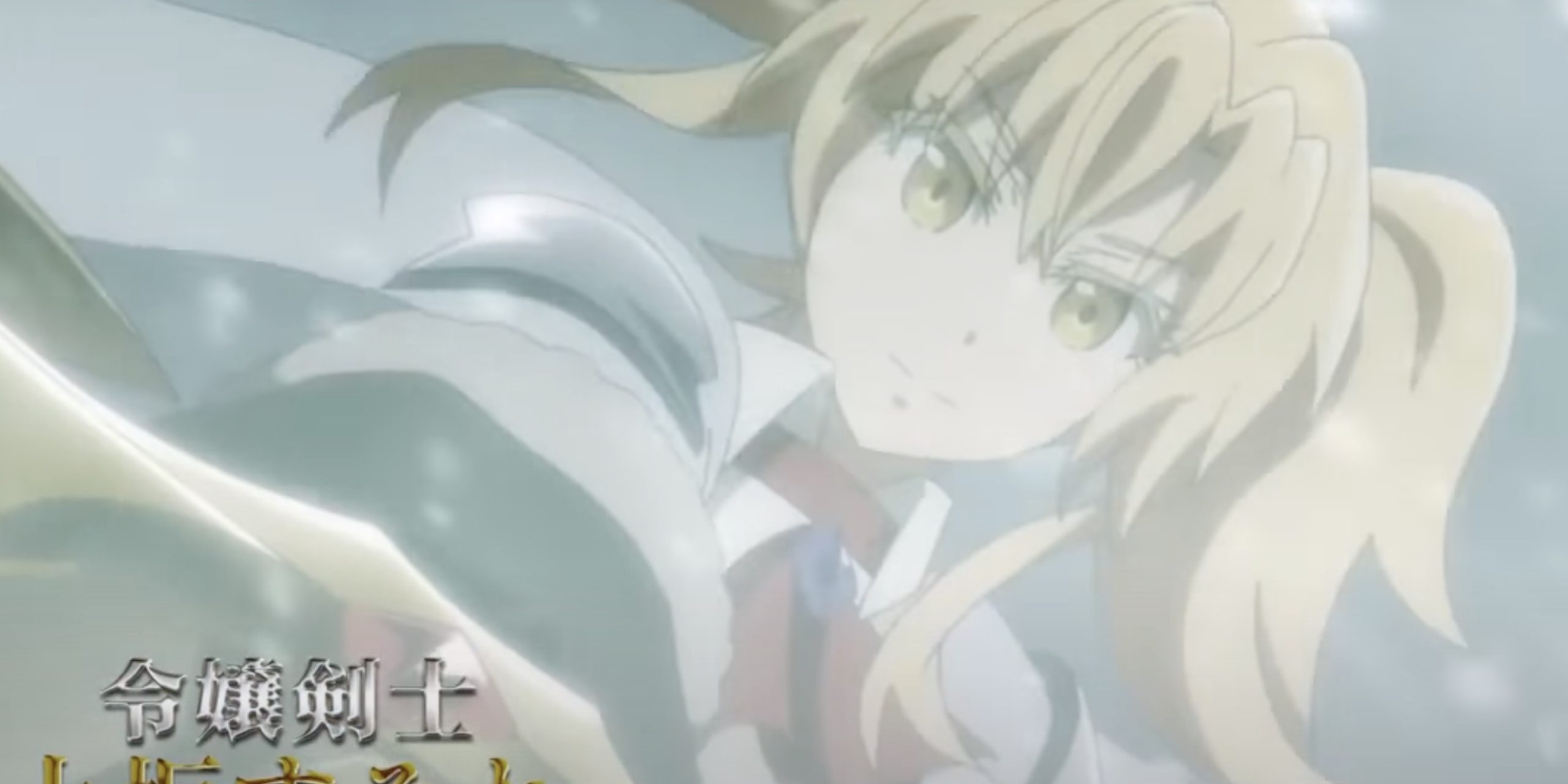
While the violence proved shocking to some, the show continues to have defenders arguing that the darkness serves a narrative purpose rather than being gratuitous.
But there is no question Goblin Slayer distinguishes itself with a relentlessly grim tone compared to most contemporary fantasy anime. The explicit content combined with the storytelling approach makes it challenging and uncomfortable viewing for many.
The Shocking Bait-and-Switch with Sexual Violence
A core idea in Goblin Slayer’s dark fantasy worldbuilding is the existence of a vile race of goblin monsters driven solely by the urge to sexually assault any human they encounter.

This is not an exaggeration – within the story’s logic, the explicit way goblins reproduce is by raping human victims. This brutality towards the show’s female characters is depicted candidly on-screen, which sparked intense criticism.
The premiere episode focuses on a naive 15-year-old priestess eagerly joining her very first adventuring party, along with three other spirited but equally inexperienced young rookie adventurers.
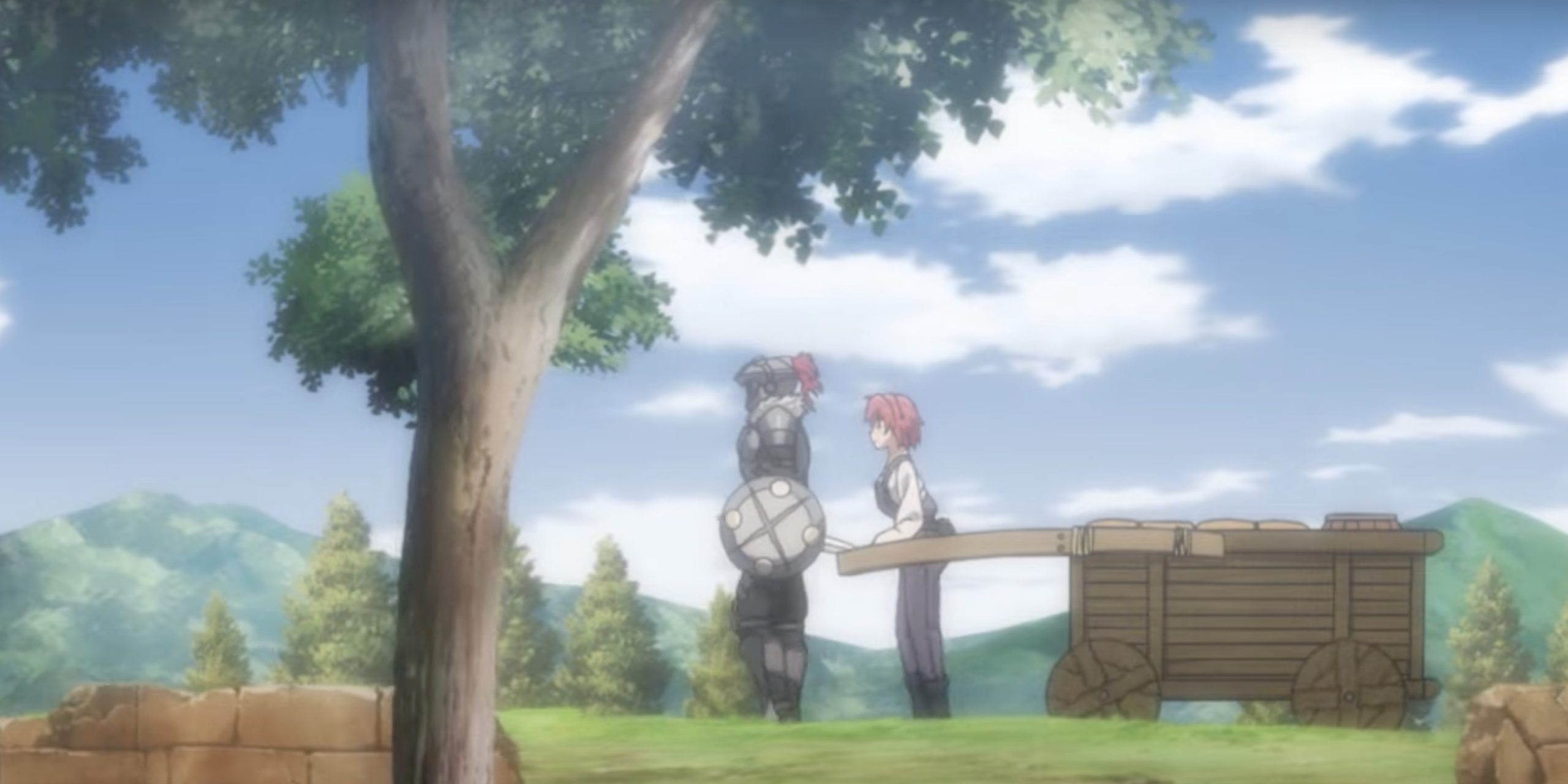
This collection of personalities would be typical protagonists for a lighthearted action anime to explore over a whole season.
However, within the first 6 minutes of runtime, events take a horrific turn. Members of the rookie party suffer gruesome stabbing wounds from the swarming goblins and are left for dead.
One female party member then has her clothes forcibly ripped off before the goblins proceed to sexually assault her on-screen.

This bait-and-switch from optimistic adventure to vicious exploitation formed the core of the controversy around the first episode.
By confronting the audience with an unexpected scene of sexual violence, the show makes its dark tone abundantly clear right from the start.
Graphic Scenes and the Uncompromising Worldview
While not quite reaching p*rnography territory, the scene vividly portrays the actions through both visuals and sound. The scenario unfolds again, featuring the priestess and her sole remaining companion, until an unexpected entry by the Goblin Slayer disrupts the unfolding events.

Taking matters into his own hands, the heavily armored adventurer eliminates the goblins, only to reveal the grim reality that the surviving priestess’s wounded companion is beyond salvation due to a slow-acting poison.
Granting a compassionate end to the suffering, our main character performs a mercy killing as the dying companion pleads for release. The subsequent part of the episode follows the duo as they traverse the labyrinthine cavern system, stumbling upon the dismembered limbs of the priestess’s former comrades, rescuing victims of assault, and culminating with the Goblin Slayer confronting and dispatching a group of goblin children with a brutal force.
Backlash and Critiques on Dark Themes in Anime
The extremely graphic and disturbing depiction of sexual violence in the first episode of Goblin Slayer caught many viewers off guard, especially those unfamiliar with the source material.
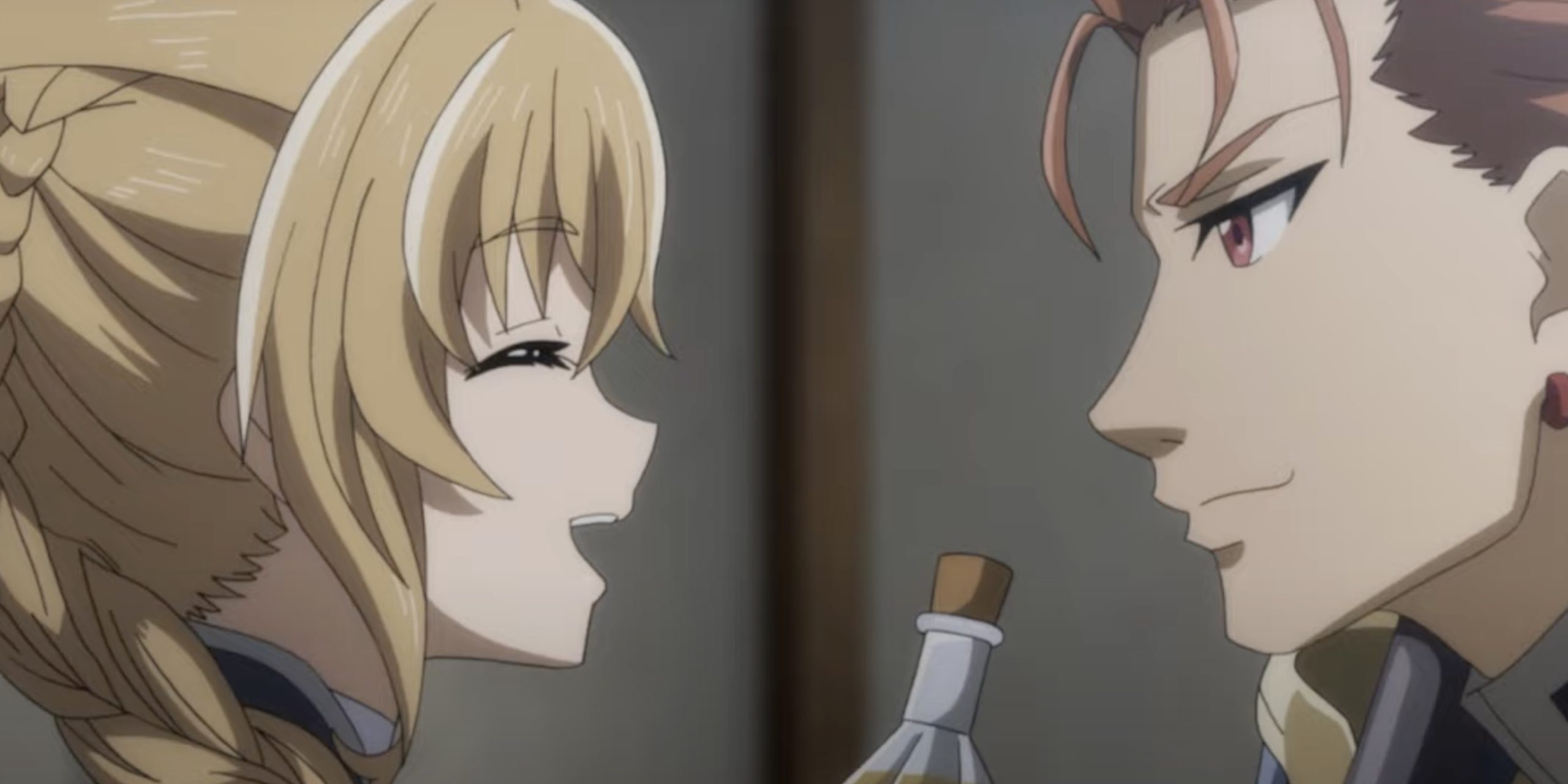
Even some more seasoned anime fans used to dark content found the scene gratuitously cruel and traumatic, feeling it lacked narrative purpose beyond shock value. Many questioned the necessity of portraying such imagery in vivid detail.
In the aftermath, YouTube reviewers who focus on anime analysis uploaded videos critiquing the show, including lengthier 20-30 minute breakdowns.
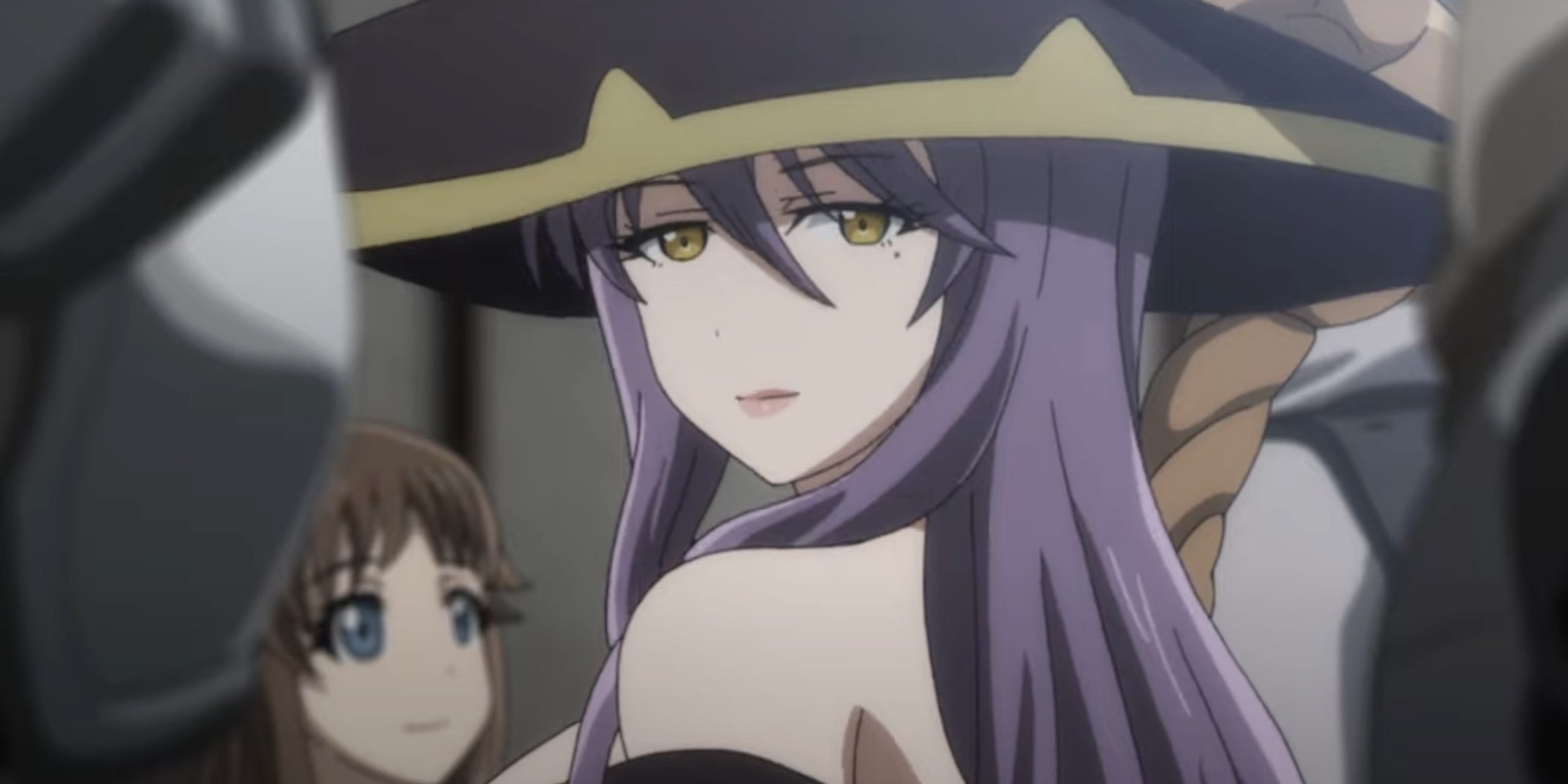
Well-known anime commentators like T B Skyen and Mother’s Basement uploaded reaction videos with thumbnails and titles clearly condemning the content, such as “You Shouldn’t Watch Goblin Slayer” and “So, About Goblin Slayer.”
They articulated arguments about issues with the series beyond just the first episode, including discussing ongoing problems with the tone, characters, and themes.
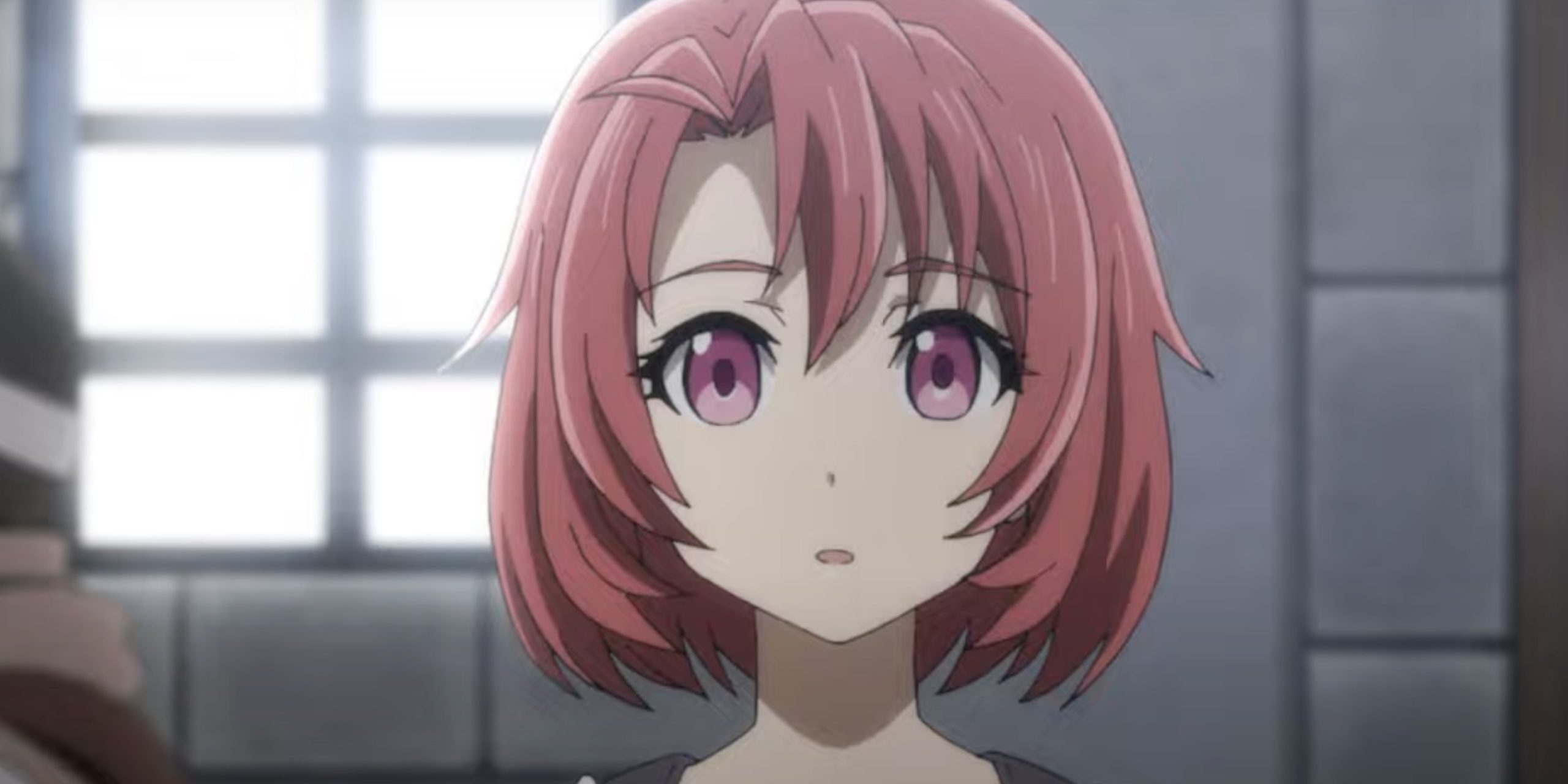
The backlash highlights the importance of properly setting audience expectations, as well as thoughtfully considering if and how to depict traumatic content on screen.
Though darker and more mature anime has its place, the graphic violence in Goblin Slayer’s opening struck many as an unnecessary aesthetic choice rather than an essential narrative one. More context and framing may have better prepared the audience.
Erotic Framing and Traumatic Assault in Anime
Perhaps the most disconcerting aspect of the sexual violence depicted in Goblin Slayer is the way it combines eroticized framing with traumatic assault.

The show sexualizes its female characters through typical anime fanservice even during scenes of rape, lingering voyeuristically on their exposed bodies from the goblins’ perspective for titillation.
This blurring of arousal and abuse is deeply unsettling, such as the use of a character wetting themselves in fear as an excuse to highlight her underwear.
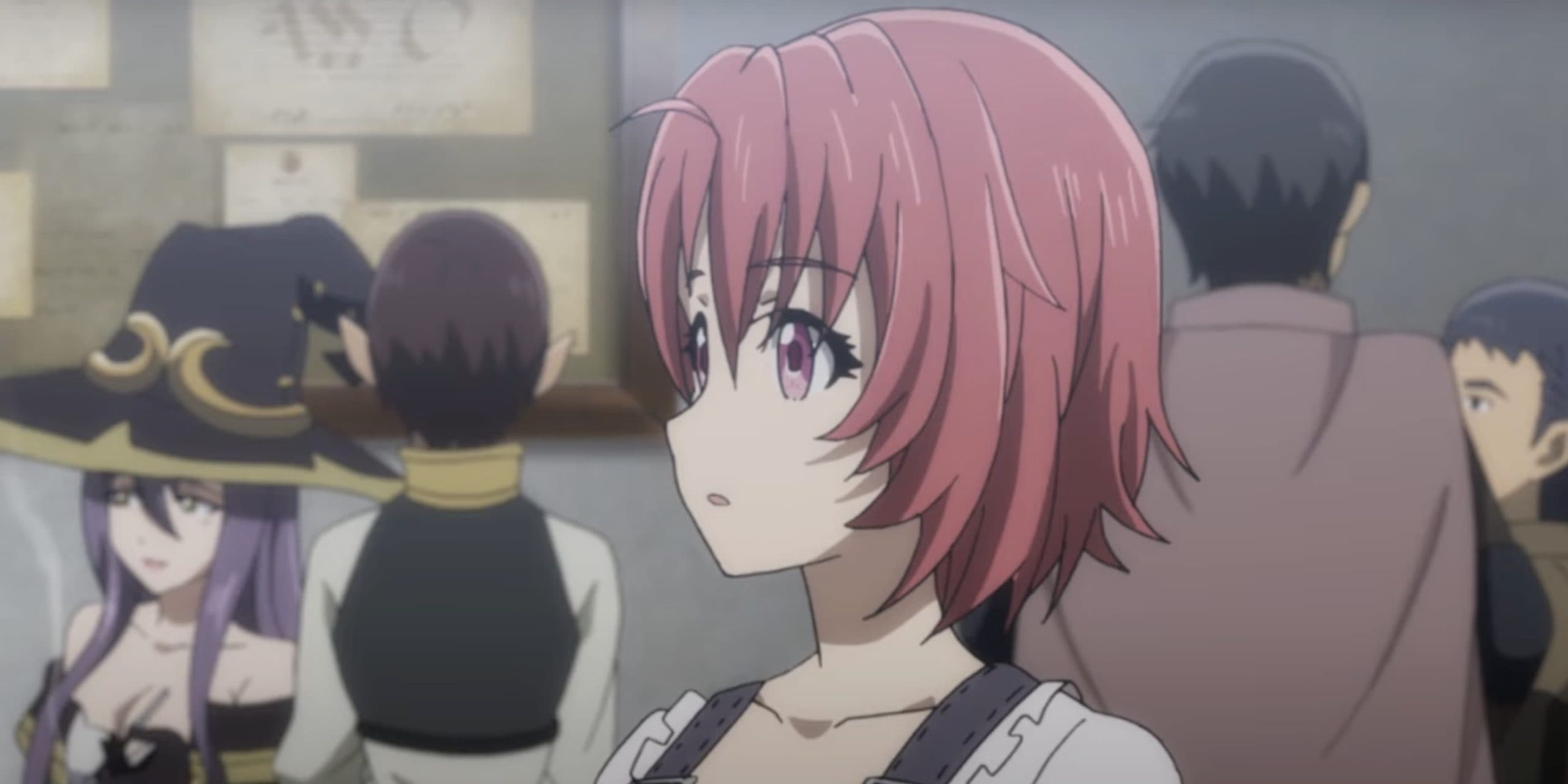
Defenders argue the graphic content serves a narrative purpose in portraying the goblins as vile, real-world threats often overlooked by adventurers seeking fantasy glory.
The severity of their crimes underscores the lack of concern for common people left unprotected and builds the motivation for Goblin Slayer’s vengeance.

However, the stylized direction undercuts this intent by encouraging the audience to objectify the female victims in the same way as their assailants. The goal of highlighting dark themes does not necessitate or justify the sexualized gaze.
Thoughtful critiques contend that framing remains the core issue, regardless of the intended messaging. The blending of erotic camera angles, near nudity, idealized bodies, and sexual violence reflects deeply problematic assumptions.
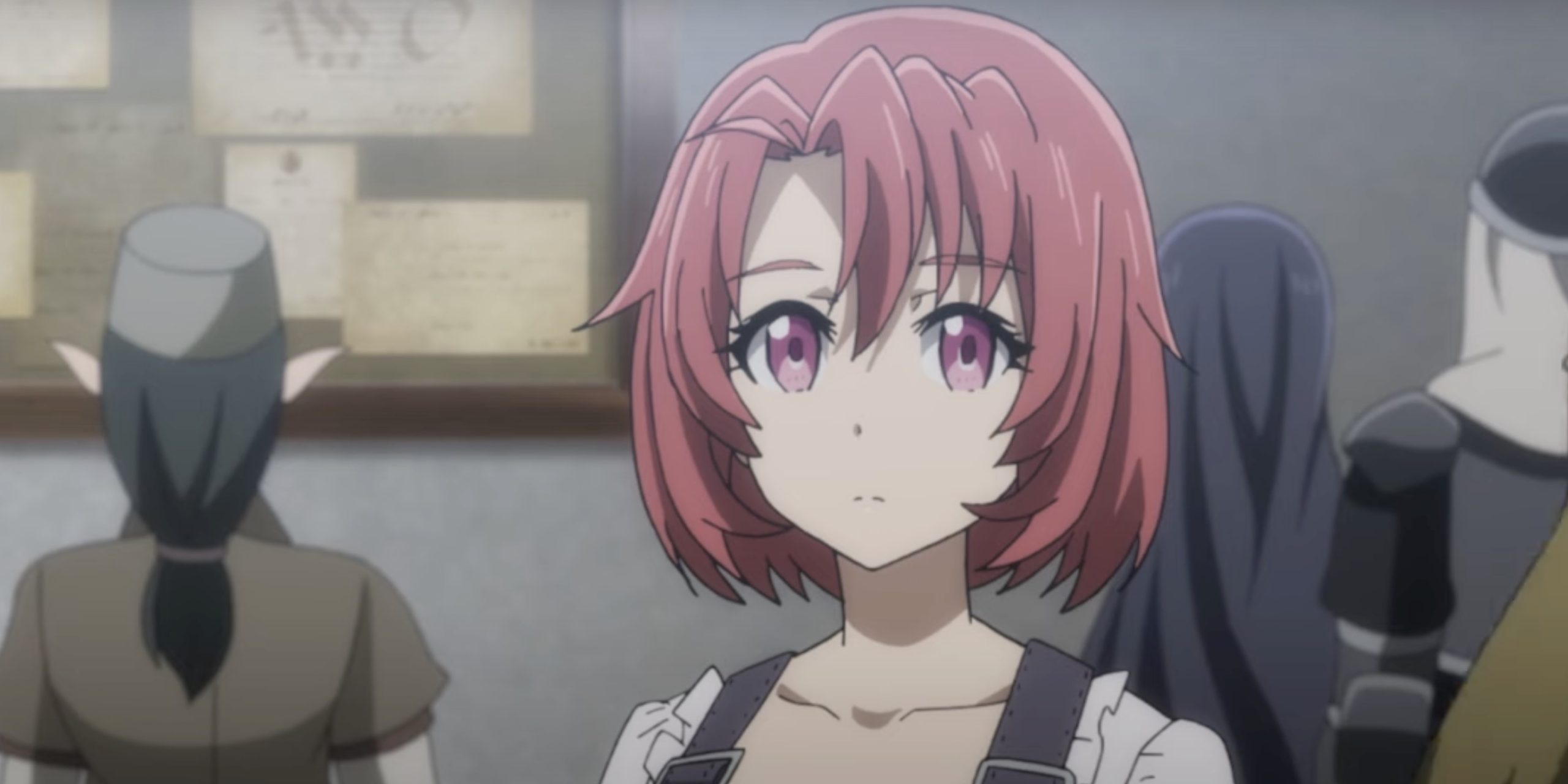
The show conveys a disturbing expectation that audiences should revel in the voyeuristic thrill of women’s exposure and pain. Even in animation, the aesthetics of presentation matter greatly in how viewers interpret and internalize behavior, especially for impressionable fans.
Goblin Slayer’s Legacy
While the rationale behind depicting such disturbing content may have merit on paper, the questionable execution ultimately undermines the intent.

Even granting the narrative purpose of portraying the goblins as irredeemably evil, the first episode’s direction seems to revel in the voyeuristic violence rather than thoughtfully contextualize it.
This sets an uncomfortable precedent of implying the audience should find perverse titillation in scenes of assault that linger throughout the series.
Defenders counter that the show does not constantly depict sexual violence after the first episode. However, its influence infects later scenes featuring female characters through continuously over-sexualized framing and costuming.

The audience is frequently reminded of how goblins view and degrade women.
Additionally, sexual assault remains present if not fully shown, such as being part of Goblin Slayer’s traumatic backstory. So while rape may not manifest visually, the threat and implications of it hang over the show.
In this way, the core issues from the premiere remain unresolved. Even if most episodes don’t depict assault outright, the objectifying male gaze and assumptions around how viewers “should” respond persist.
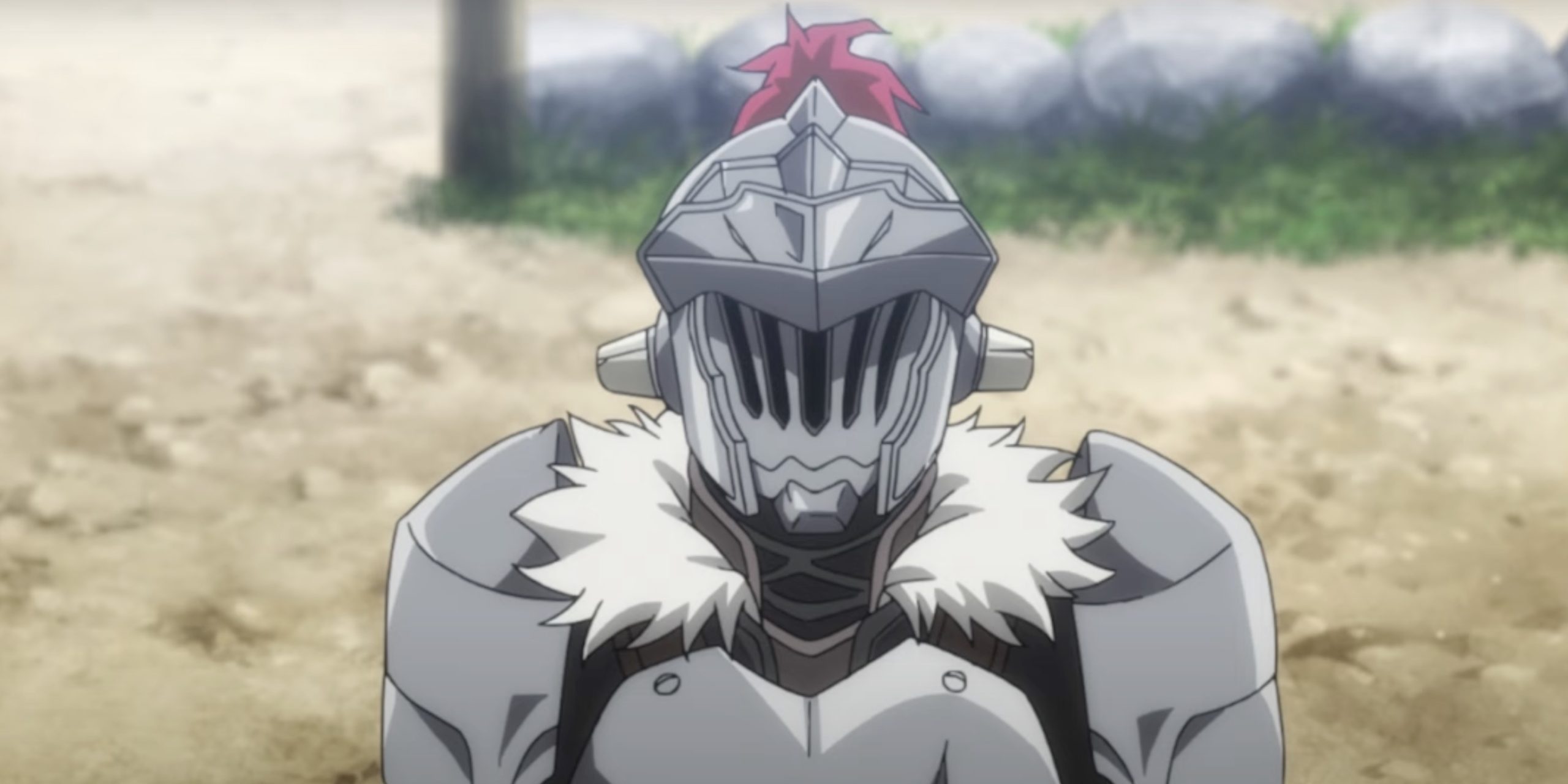
Regardless of the creators’ goals, the composition of shots sexualizes female victims in uncomfortable ways that counteract empathy. The set-up, direction, and context around traumatic content matter greatly in how an audience internalizes messaging.
In Goblin Slayer, those elements feel optimized for titillation over thoughtful commentary.


